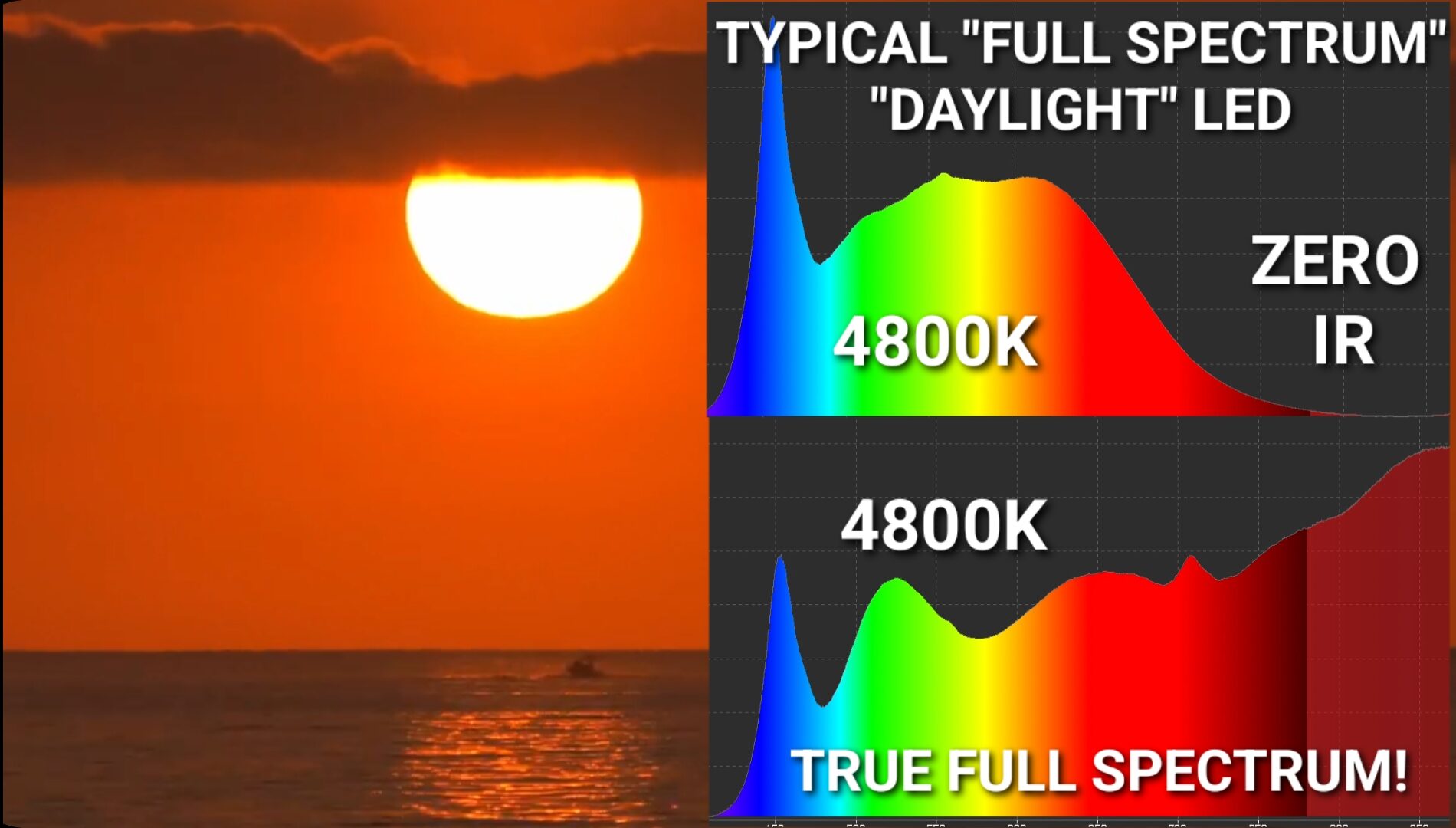How bad are LEDs?
LED lights are generally considered safe for most people when used appropriately. However, some concerns exist regarding the strong blue light they emit. Too much blue light can potentially disrupt the circadian rhythm (sleep patterns). This is generally an issue with high exposure to white LEDs having high color temperature (CCT), especially in the evening. LEDs with high CCT values are rich in blue and deficient in deep red colors.
How do LEDs compare to traditional lamps?
LED technology is revolutionary in many ways. It is often considered a better option compared to traditional incandescent bulbs due to the LED’s superior energy efficiency, color flexibility, and longevity. LEDs are also considered a better option to fluorescent bulbs such as linear fluorescent lamps (LFLs) and compact fluorescent lamps (CFLs). LEDs operate at lower voltages compared to fluorescent bulbs. They also do not contain toxic mercury gas enclosed within a glass tube that can easily break, as is the case with CFLs and LFLs.
Can LEDs be improved?
A more accurate way to describe the issue with LEDs is that they still need further improvement before they can be considered as healthy and beneficial to life and biology as natural sunlight. The solar spectrum contains about 55% invisible infrared (IR) light, in addition to visible light that our eyes can see. On the other hand, a typical LED light bulb emits zero IR light. The reason some are claiming that standard LED lamps are “harmful to health” is because medical research continues to show the critical importance of IR light on health and healing at the cellular level. Therefore, the solution is not to discard LED technology, but to make it better by enabling a more balanced visible+infrared spectrum similar to that in sunlight. That’s where phosphor technology can help, as illustrated by the below video.

Unlike sunlight, a typical LED is missing 55% of the near-infrared energy fundamental for life and biology. This is true even for the LED bulbs being advertised as “full spectrum”.
